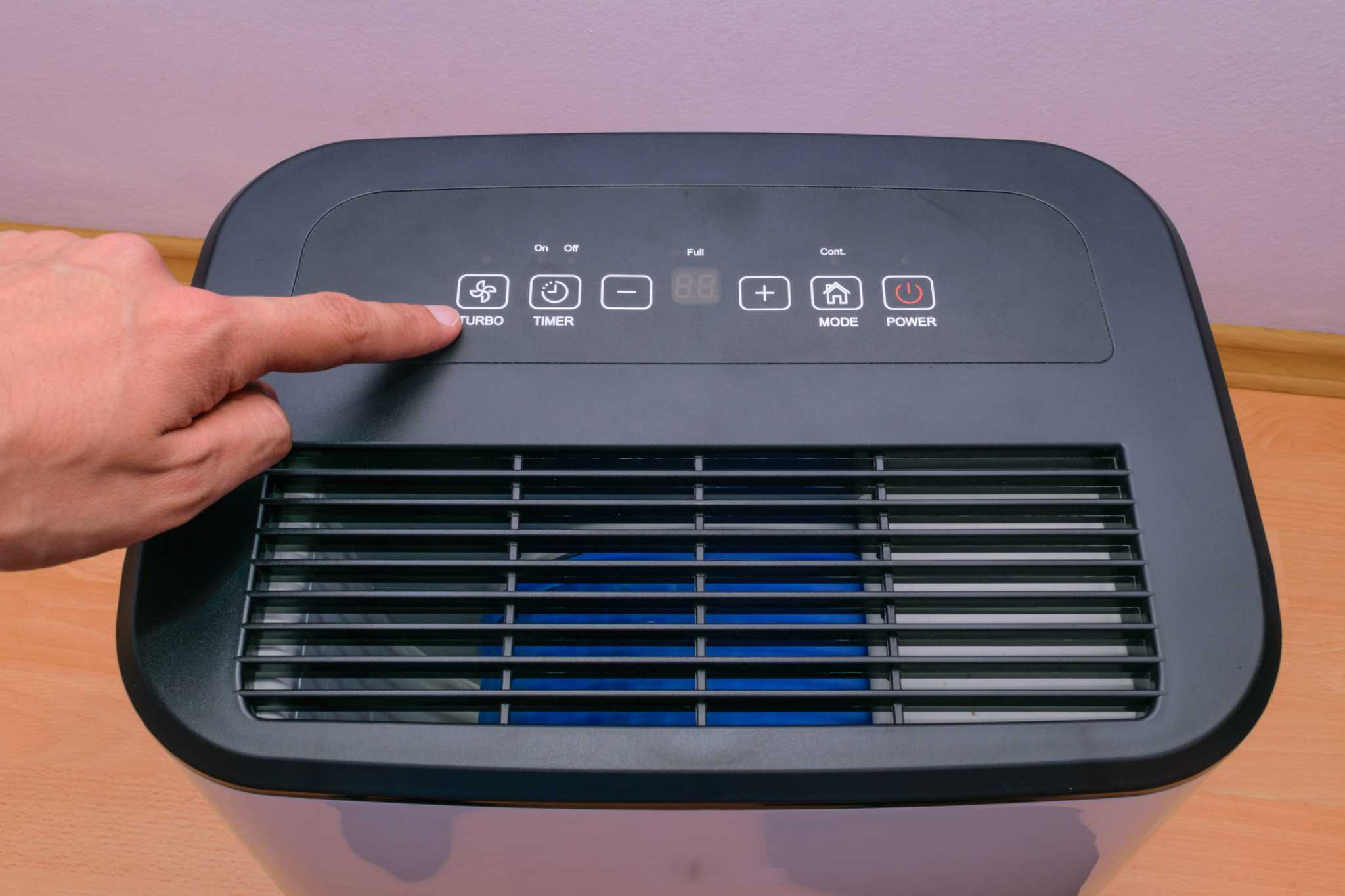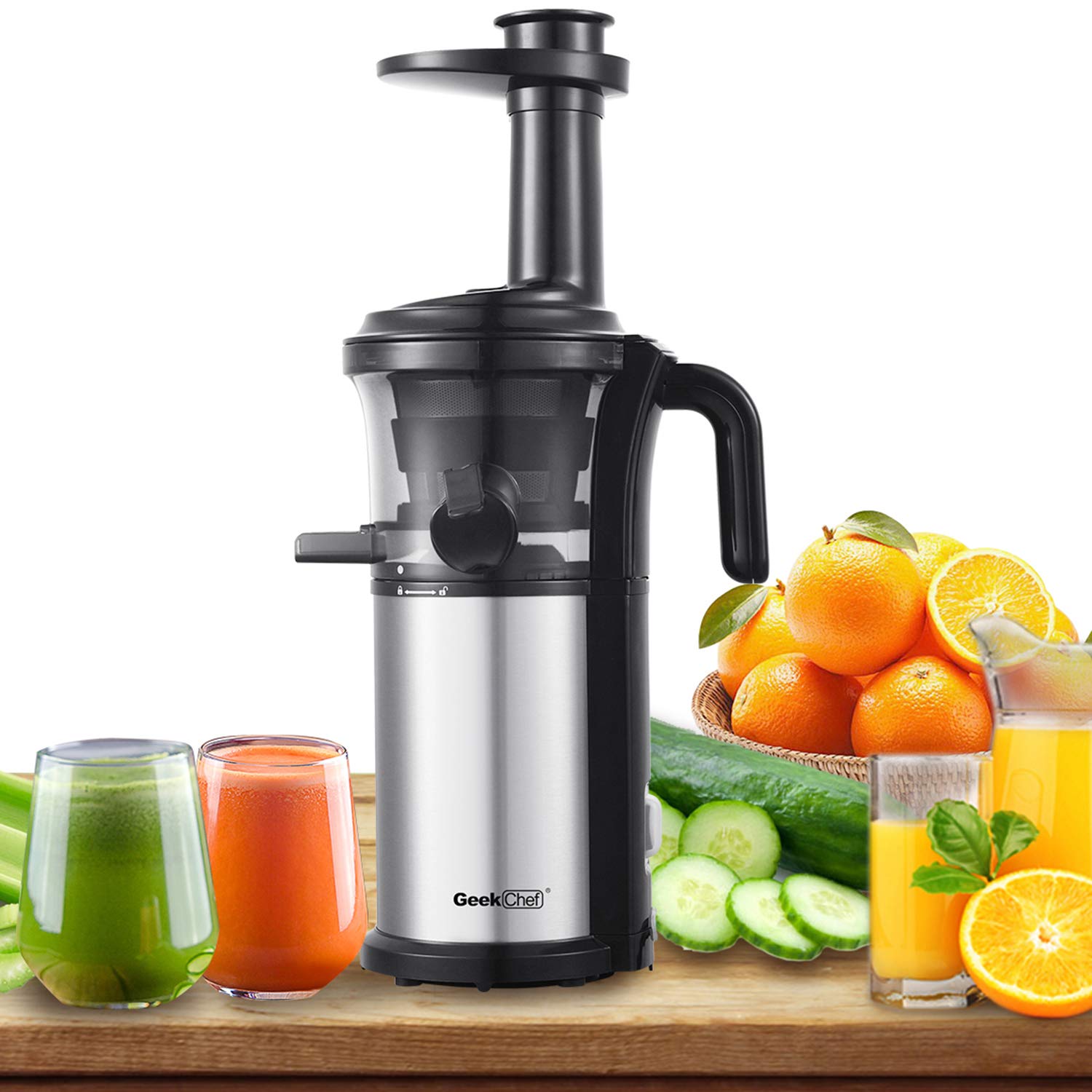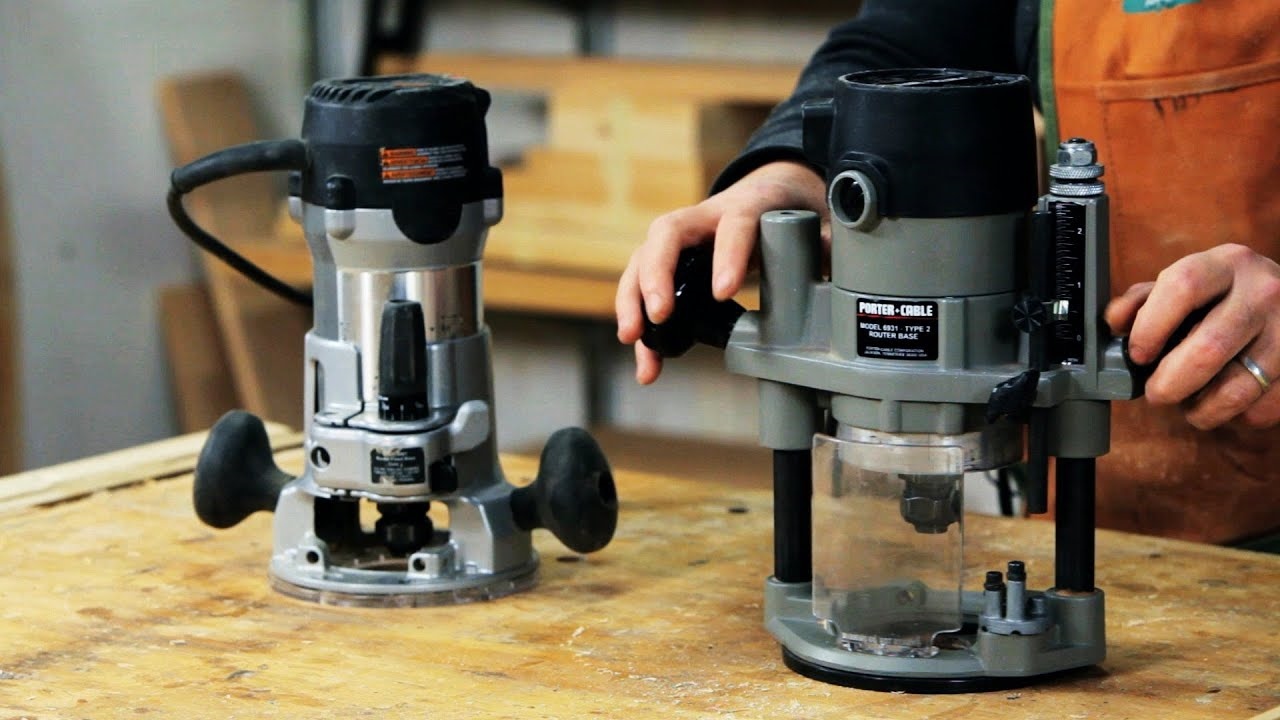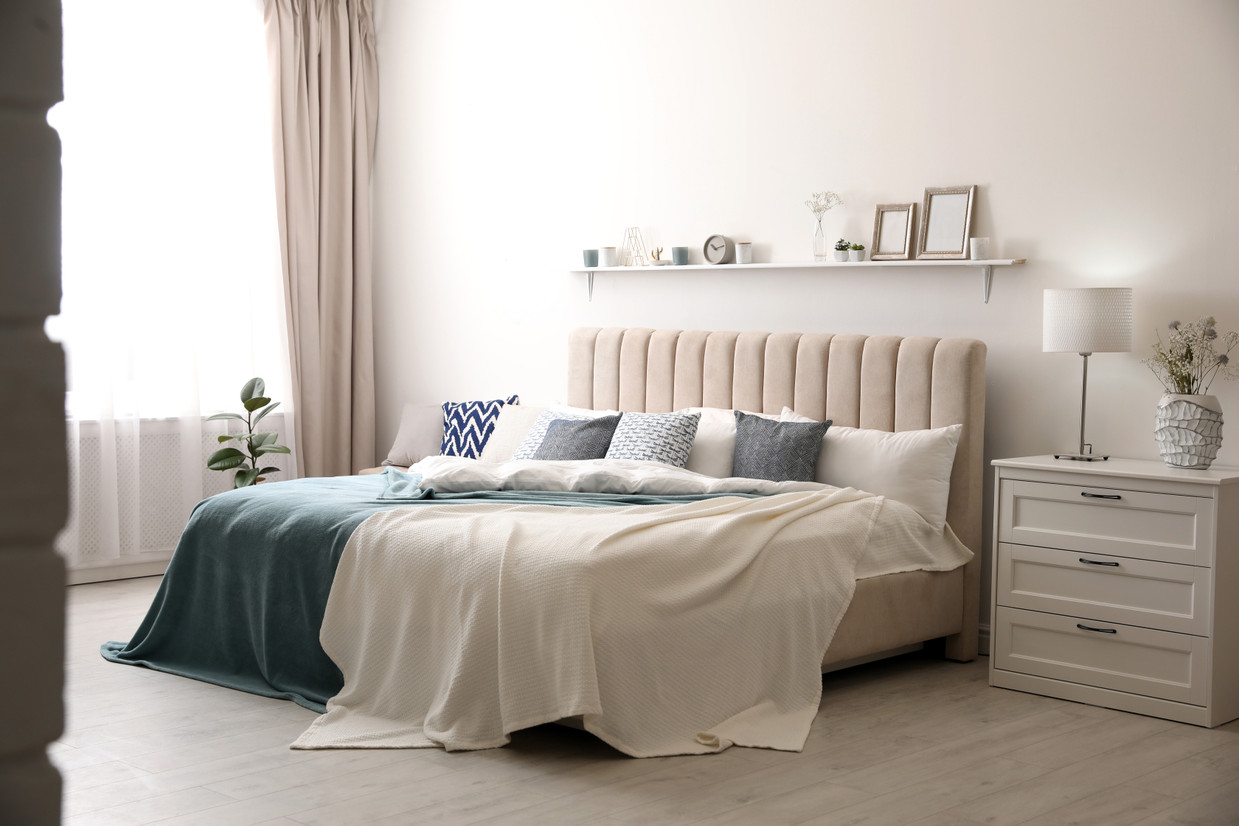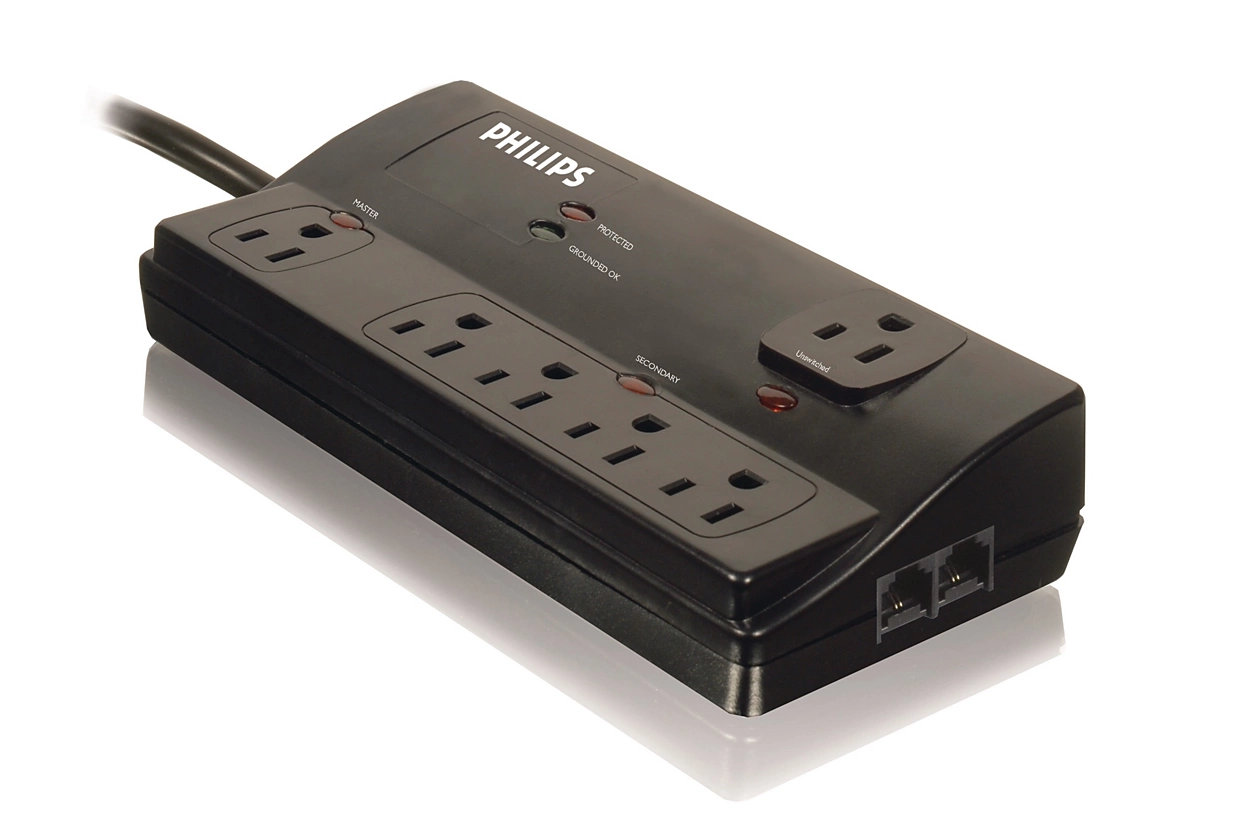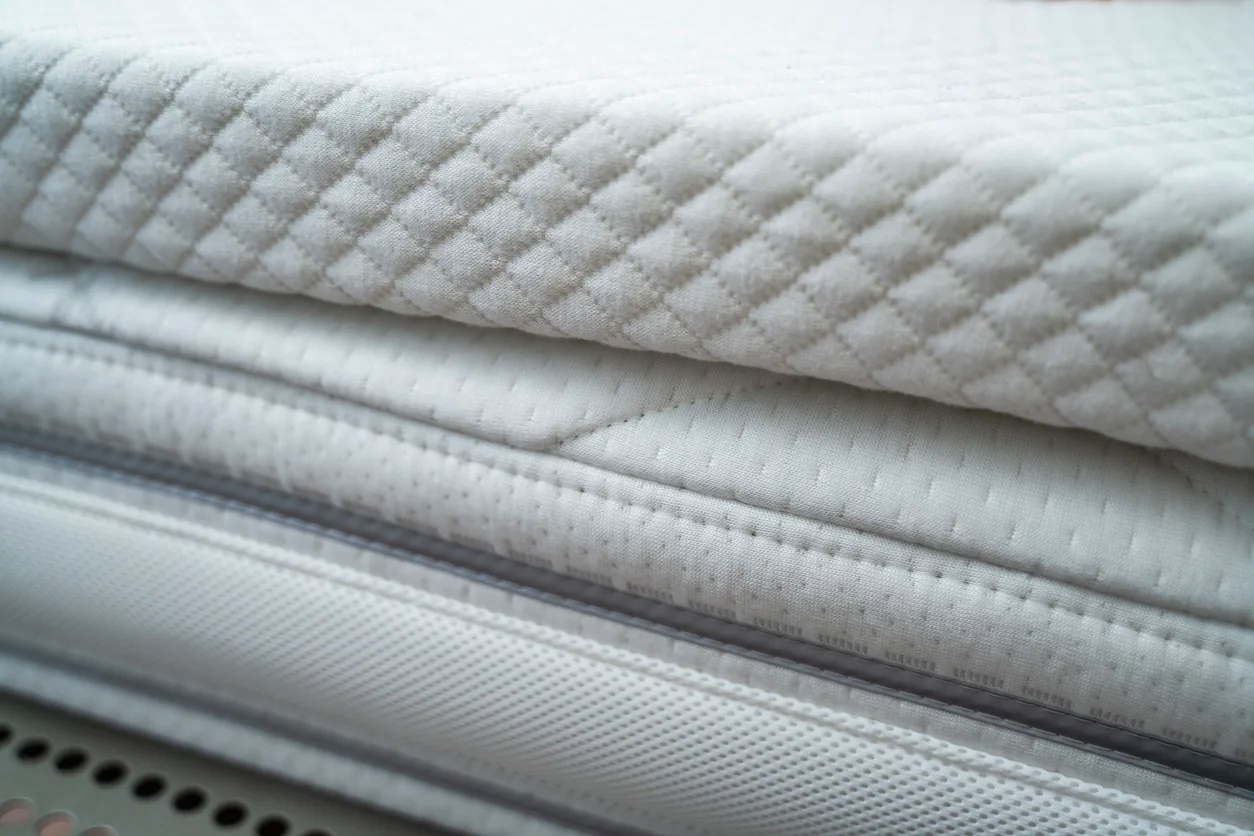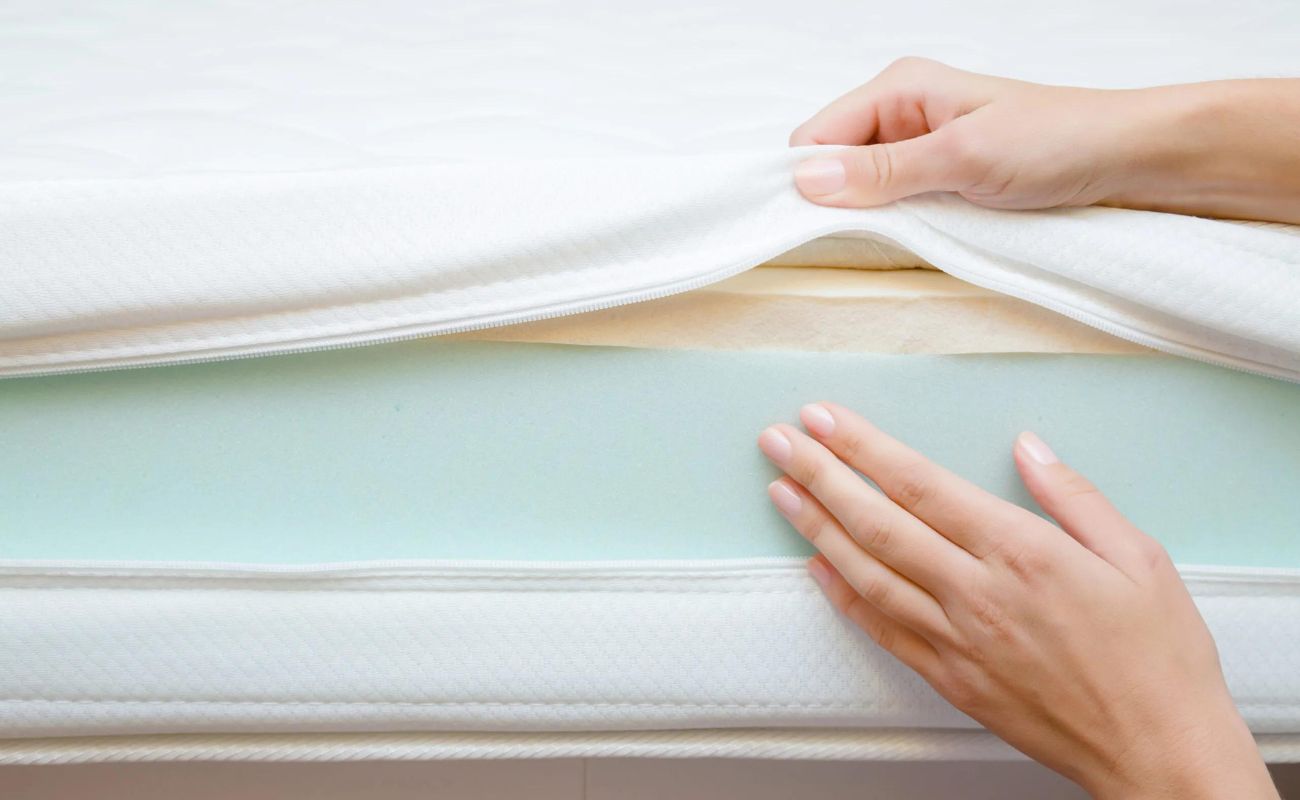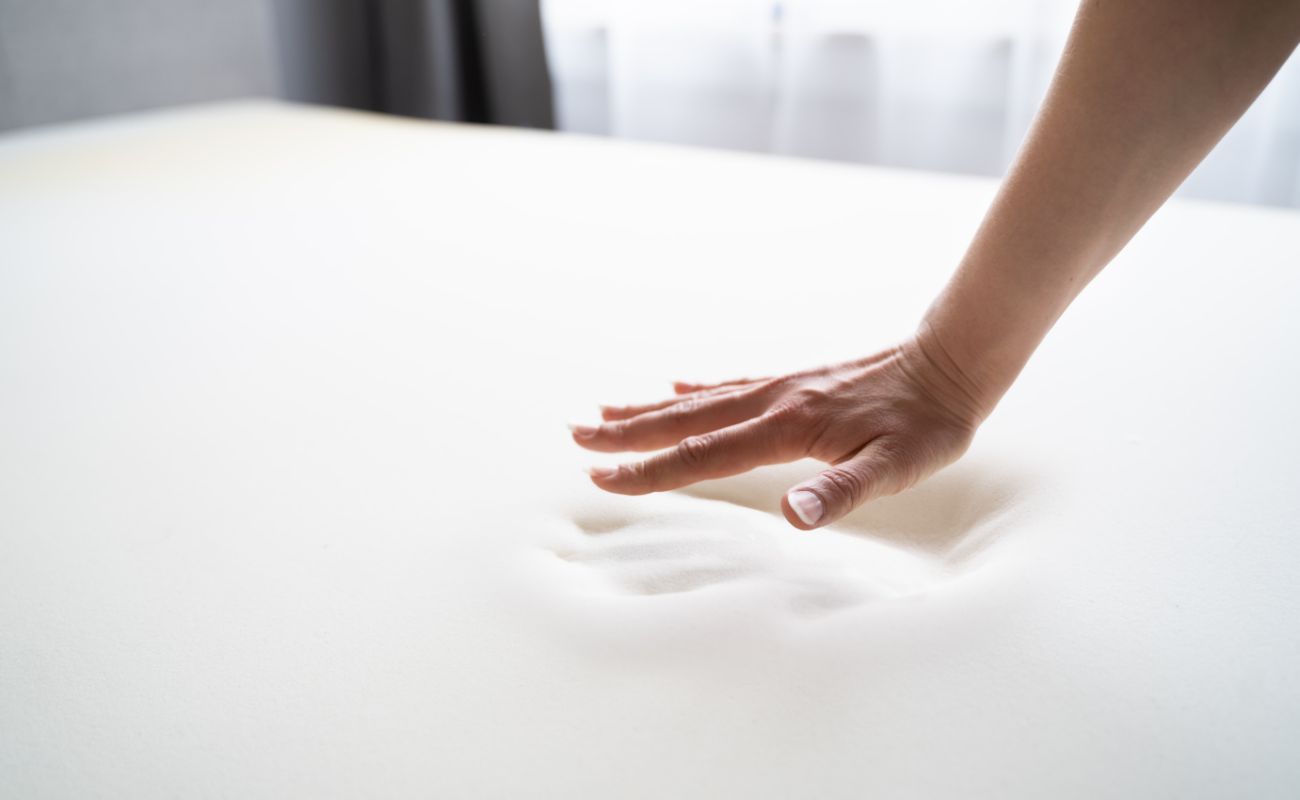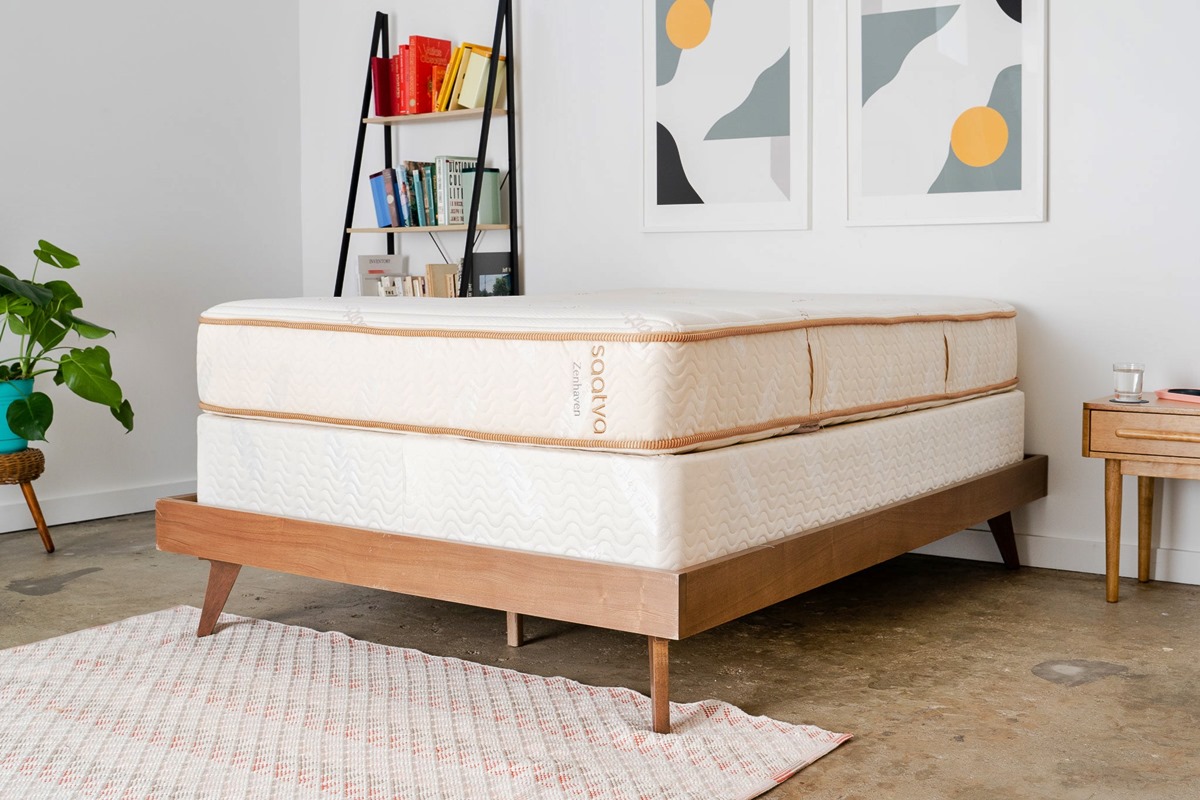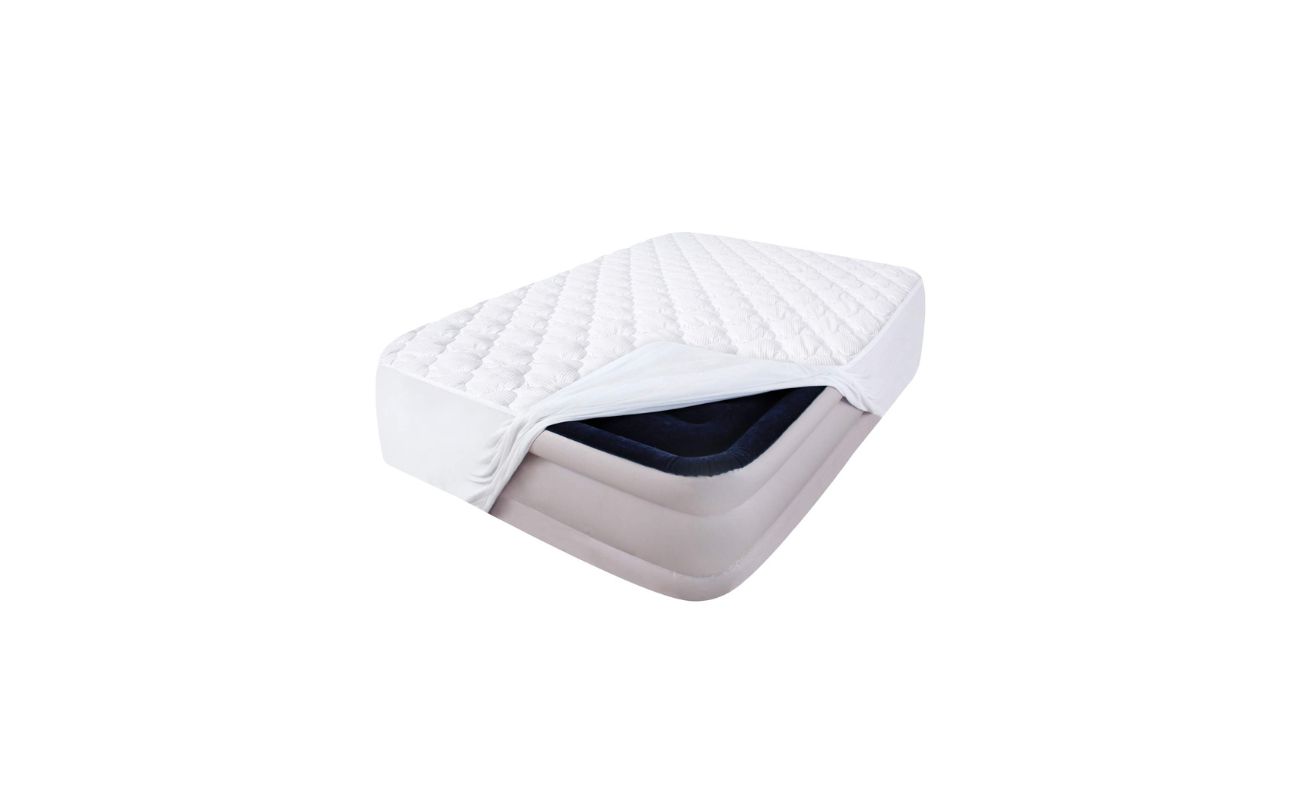Home>Furniture>Bedroom Furniture>What Type Of Mattress Should I Buy
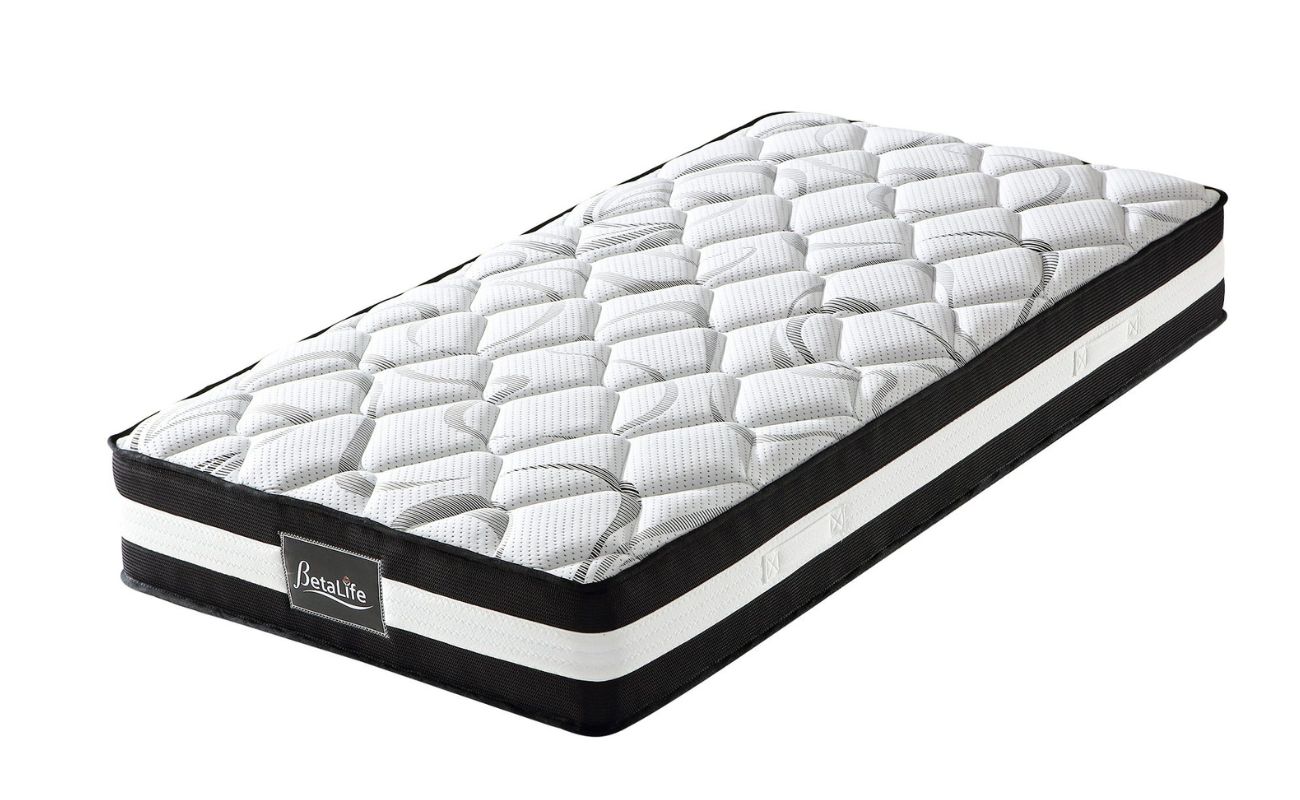

Bedroom Furniture
What Type Of Mattress Should I Buy
Modified: January 9, 2024
Discover the perfect mattress for your bedroom with our expert guide. Explore a wide range of bedroom furniture options and make the right choice for a comfortable sleep.
(Many of the links in this article redirect to a specific reviewed product. Your purchase of these products through affiliate links helps to generate commission for Storables.com, at no extra cost. Learn more)
Introduction
Choosing the right mattress is crucial for a good night’s sleep and overall well-being. After all, we spend about one-third of our lives in bed, so investing in a quality mattress can greatly improve our sleep quality and overall health. With so many options available in the market, it can be overwhelming to determine what type of mattress is best suited for you.
In this article, we will explore the various factors to consider when buying a mattress and discuss the different types of mattresses available. Whether you prefer the traditional support of innerspring mattresses or the contouring comfort of memory foam, this guide aims to help you make an informed decision.
Keep in mind that everyone has their own unique comfort preferences and sleep needs, so it’s important to consider what works best for you. By understanding the different mattress types, sleep positions, sizes, firmness levels, and additional features, you can narrow down your options and find the perfect mattress that will provide you with optimal comfort and support.
So, let’s dive in and explore the factors you should consider when buying a mattress.
Key Takeaways:
- When buying a mattress, prioritize comfort, support, and temperature regulation. Consider your sleep position, mattress size, and firmness level to find the perfect fit for a restful night’s sleep.
- Explore different mattress types, such as innerspring, memory foam, latex, hybrid, and airbeds, to discover the unique benefits and characteristics that align with your sleep needs and preferences.
Read more: What Mattress Should I Buy Reddit
Factors to Consider When Buying a Mattress
When it comes to purchasing a mattress, there are several important factors to consider. By considering these factors, you can ensure that you choose a mattress that aligns with your specific needs and preferences.
- Comfort: The most crucial factor to consider is comfort. A comfortable mattress will provide the right level of support and cushioning to alleviate pressure points and promote a restful sleep. It’s important to test different mattresses and pay attention to how they feel to determine your preferred level of firmness.
- Support: While comfort is subjective, support is essential for maintaining proper spinal alignment. A mattress that offers adequate support helps prevent back pain and promotes healthy posture during sleep. Look for mattresses with appropriate firmness levels and materials that provide the necessary support based on your individual needs.
- Temperature Regulation: If you tend to sleep hot or cold, consider a mattress that regulates temperature effectively. Memory foam mattresses, for example, can sometimes retain heat. In contrast, hybrid mattresses with gel-infused foam or latex mattresses with breathable materials may provide better temperature regulation.
- Motion Isolation: If you share your bed with a partner or if you are easily disturbed by movement, look for a mattress with good motion isolation. Memory foam mattresses are often praised for their ability to absorb motion and minimize disturbance from your partner’s movements during the night.
- Durability: Mattresses are a long-term investment, so it’s important to consider their durability. Look for mattresses made with durable materials and construction methods that offer good longevity. Reading customer reviews and checking for warranty information can give you an idea of a mattress’s expected lifespan.
- Allergies and Hypoallergenic Materials: If you suffer from allergies, consider mattresses made with hypoallergenic materials and those that are resistant to dust mites. Latex and hybrid mattresses are often a good choice for individuals with allergies, as they are naturally resistant to allergens.
- Edge Support: If you tend to sleep towards the edge of the bed or share your bed with a partner, consider a mattress with good edge support. This ensures that you can fully utilize the entire sleeping surface without feeling like you might roll off the bed. Innerspring and hybrid mattresses often excel in this aspect.
- Adjustability: For those who prefer customizable comfort, an adjustable bed frame or mattress may be worth considering. These allow you to adjust the incline and position of your mattress, which can be beneficial for individuals with specific medical conditions or those who like to read or watch TV in bed.
- Budget: Finally, it’s important to consider your budget when buying a mattress. While it’s tempting to go for the cheapest option, remember that a good mattress is an investment in your sleep quality and overall health. Determine your budget range and look for mattresses that offer the best value for money within that range.
By considering these factors, you can narrow down your options and find a mattress that meets your specific comfort, support, and lifestyle requirements. The next step is to explore the different types of mattresses available in the market and understand their unique features and benefits.
Types of Mattresses
When it comes to mattresses, there are several different types to choose from. Each type has its own unique construction and material composition, offering a variety of benefits and sleep experiences. Exploring these different types can help you find the best mattress for your specific needs and preferences.
- Innerspring Mattresses: Innerspring mattresses are the most traditional type of mattress. They are composed of steel coils or springs that provide support and distribute weight evenly. These mattresses often offer good bounce, breathability, and durability. However, they may not contour to the body as well as other types and may have less motion isolation.
- Memory Foam Mattresses: Memory foam mattresses are made from a high-density foam that conforms to your body shape. This type of mattress offers excellent pressure relief and contouring, making it a popular choice for those with back pain or joint issues. Memory foam also has the benefit of motion isolation, minimizing disturbances from your partner’s movements. However, some people may find memory foam to retain heat or feel too soft.
- Latex Mattresses: Latex mattresses are made from natural or synthetic latex foam. They are known for their responsiveness, bounce, and breathability. Latex offers a balance of contouring and support, making it a good option for those who want pressure relief without sinking too much. Latex mattresses are also highly durable and resistant to dust mites and allergens.
- Hybrid Mattresses: Hybrid mattresses combine the benefits of innerspring and foam or latex mattresses. They typically feature a layer of coils for support and one or more layers of foam or latex for comfort and contouring. Hybrid mattresses offer a good balance between the bounce of innerspring mattresses and the pressure relief of foam or latex mattresses. They are suitable for a wide range of sleepers and provide excellent motion isolation.
- Airbeds: Airbeds allow you to customize your mattress’s firmness level by adjusting the air pressure inside. They are typically made with an air chamber and topped with foam or latex for added comfort. Airbeds are a great choice for couples with different comfort preferences. By adjusting the air pressure on each side of the bed, you can customize the firmness level while minimizing motion transfer between sleep partners.
Each of these mattress types offers unique features and benefits, so it’s essential to consider your individual sleep needs and preferences when making a decision. It’s also worth noting that within each type, there can be variations in materials, construction, and quality, so it’s important to research and test different brands and models.
Now that you are familiar with the different mattress types, let’s explore how sleep positions can influence your mattress selection.
Innerspring Mattresses
Innerspring mattresses are the most traditional and widely recognized type of mattress. They have been in use for decades and are known for their reliable support and durability. Innerspring mattresses are constructed with a system of metal coils or springs that provide the primary support structure.
These coils are usually made of steel and vary in thickness and gauge. Thicker coils generally offer better support and durability, while higher gauge coils provide more bounce and responsiveness. The coils are usually covered with padding materials such as foam or fiberfill, which add comfort and cushioning to the mattress.
One of the significant advantages of innerspring mattresses is their excellent airflow and breathability. The open structure of the coils allows for efficient ventilation, which helps regulate body temperature and prevents overheating during sleep.
Innerspring mattresses are available in different levels of firmness, ranging from soft to firm. This variety allows you to choose the one that best suits your comfort preferences and support needs. However, it’s important to note that innerspring mattresses may not offer the same level of contouring or pressure relief as other mattress types, such as memory foam or latex.
Motion transfer can be a factor to consider with innerspring mattresses. The responsiveness of the coil system may result in more noticeable movement transfer when one person shifts their position. However, many modern innerspring mattresses are designed with pocketed coils, where each coil is individually wrapped, reducing motion transfer and allowing for better isolation of movement.
Overall, innerspring mattresses are a popular choice for those seeking a more traditional sleep experience with good support, breathability, and bounce. They are suitable for a wide range of sleepers, particularly those who prefer a firmer feel or want a mattress with excellent edge support.
Keep in mind that the quality of an innerspring mattress can vary depending on the number and gauge of coils, the quality of padding materials, and overall construction. It’s recommended to try out different models and brands, and choose one that offers a good balance of comfort, support, and durability within your budget.
Next, let’s delve into memory foam mattresses, another popular type of mattress that offers distinct benefits for different sleepers.
Memory Foam Mattresses
Memory foam mattresses have gained significant popularity in recent years due to their ability to offer exceptional comfort and pressure relief. These mattresses are made from viscoelastic foam, a type of polyurethane foam that is designed to respond to heat and pressure.
One of the key features of memory foam is its ability to contour to the shape of your body, providing personalized support and cushioning. When you lie down on a memory foam mattress, the foam molds to your body’s curves, distributing your weight evenly and relieving pressure points. This can be particularly beneficial for individuals with back pain, joint discomfort, or those who prefer a mattress that conforms to their body shape.
Memory foam mattresses also offer excellent motion isolation. The foam absorbs and minimizes the transfer of motion, so you won’t be disturbed by your partner’s movements during the night. This is especially beneficial for light sleepers or couples sharing a bed.
One concern often associated with memory foam is heat retention. Traditional memory foam has a reputation for trapping body heat and causing sleepers to feel too warm. However, many modern memory foam mattresses are now infused with cooling technologies, such as gel beads or open-cell foam structures, to improve breathability and regulate temperature.
It’s worth noting that memory foam mattresses can have varying levels of firmness. While memory foam provides excellent contouring and pressure relief, some sleepers may find it too soft or lacking in support. To address this, memory foam mattresses are often layered with different foam densities or combined with other materials, such as latex or coils, to enhance overall support and responsiveness.
When choosing a memory foam mattress, it’s important to consider factors such as foam density, thickness, and overall quality. Higher density foams typically indicate better durability and support. Additionally, make sure to check for certifications like CertiPUR-US®, which ensures the foam is safe, low VOC, and free from harmful chemicals.
Overall, memory foam mattresses can provide exceptional comfort and pressure relief. They are an excellent choice for sleepers who prefer a contouring feel, need targeted support, or have specific pain or pressure point issues. However, if you tend to sleep hot or prefer a bouncier mattress, other options like latex or hybrid mattresses may be more suitable.
Now, let’s explore another type of mattress that offers excellent responsiveness and durability – latex mattresses.
Read more: What Type Of Toothbrush Should I Use
Latex Mattresses
Latex mattresses are gaining popularity for their exceptional comfort, support, and natural materials. They are made from either natural latex derived from rubber trees or synthetic latex, which is produced using petroleum-based products.
One of the key benefits of latex mattresses is their responsiveness. Latex foam has a unique buoyant and springy feel, providing a balanced combination of support and comfort. It gently conforms to your body’s contours, offering pressure point relief while maintaining proper spinal alignment.
Latex is naturally hypoallergenic and resistant to dust mites, mold, and bacteria. This makes it an excellent choice for individuals with allergies or asthma. Additionally, latex mattresses have good breathability, allowing for effective airflow and temperature regulation during sleep.
Latex mattresses offer a wide range of firmness options, from soft to firm. Whether you prefer a plush and sink-in feel or a firmer surface, you can find a latex mattress that suits your preference. It’s important to note that latex doesn’t conform as closely to the body as memory foam does, so if you are seeking deep contouring, memory foam may be a better choice.
When considering a latex mattress, it’s essential to know the difference between natural and synthetic latex. Natural latex is harvested from rubber trees and processed using natural methods. It is highly durable, sustainable, and has a more responsive feel. On the other hand, synthetic latex is made from chemical compounds and is typically less expensive. Synthetic latex mattresses can offer good support and comfort, but they may have a slight chemical odor initially.
Another factor to consider is the construction of the latex mattress. There are two main types: Dunlop and Talalay. Dunlop latex has a denser and firmer feel, while Talalay latex has a softer and more luxurious feel. Some mattresses may utilize a combination of both types to provide varying levels of support and comfort.
Latex mattresses are known for their longevity and durability. They can maintain their shape and resilience for many years, making them a worthwhile investment. However, they tend to be more expensive than other mattress types, due to the high-quality materials and manufacturing process involved.
If you value natural materials, responsiveness, and durability, a latex mattress might be the perfect choice for you. However, if you prefer a more contouring or pressure-relieving mattress, you may want to consider memory foam or hybrid options.
Now that we’ve covered latex mattresses, let’s explore the benefits of hybrid mattresses in our next section.
Hybrid Mattresses
Hybrid mattresses combine the best qualities of different mattress types to offer a versatile and comfortable sleep surface. These mattresses typically feature a combination of innerspring coils and layers of foam or latex, providing the benefits of both support and contouring comfort.
One of the main advantages of hybrid mattresses is their ability to offer targeted support. The coil system in the base provides excellent support and responsiveness, while the comfort layers of foam or latex add cushioning and pressure relief. This combination allows for a balanced sleep experience that caters to a variety of sleepers with different comfort preferences.
Hybrid mattresses often feature pocketed coils, where each coil is individually encased in fabric. This construction helps to reduce motion transfer, allowing for better isolation of movement. This is particularly beneficial for couples who may experience disturbances from their partner’s movements during the night.
Another benefit of hybrid mattresses is improved airflow and temperature regulation. The coil system allows for enhanced ventilation, preventing the buildup of heat. This can be especially advantageous for individuals who tend to sleep hot or live in warmer climates.
Hybrid mattresses come in a variety of firmness options, allowing you to find the right level of support and comfort for your specific needs. Whether you prefer a plush and contouring feel or a firmer surface, there is a hybrid mattress available to suit your preference.
It’s worth noting that hybrid mattresses can vary in their construction and materials. Some may have more foam layers while others may have a thicker coil system. The quality and density of the foam layers, as well as the type of coils used, can also impact the overall performance and durability of the mattress.
As with any mattress purchase, it’s important to test out different hybrid models to find the one that best suits your individual needs. Consider factors such as your preferred firmness level, support requirements, and any specific features or technologies that may enhance your sleep experience.
Hybrid mattresses are a great choice for sleepers who want the benefits of both innerspring and foam or latex mattresses. They offer a balance of support, comfort, and motion isolation, making them suitable for a wide range of sleepers.
Now that we’ve explored hybrid mattresses, let’s move on to another type of mattress that offers customizable comfort – airbeds.
When choosing a mattress, consider your sleeping position and any specific health concerns. Side sleepers may prefer a softer mattress, while back or stomach sleepers may benefit from a firmer option. If you have back pain, look for a mattress with good support and pressure relief.
Airbeds
Airbeds are a unique type of mattress that allows you to adjust the firmness level according to your preference. These mattresses use an internal air chamber that can be inflated or deflated to customize the feel of the bed.
One of the main advantages of airbeds is the ability to adjust the firmness level on each side of the bed independently. This feature is particularly beneficial for couples who have different firmness preferences. By adjusting the air pressure on each side, you can create a personalized sleeping surface that suits your individual comfort needs.
Another advantage of airbeds is their durability. The internal air chambers are typically made of high-quality materials that can withstand regular use and maintain their shape over time. The comfort layers on top of the air chambers may include foam, latex, or other materials to provide additional cushioning and support.
Additionally, airbeds offer excellent motion isolation. The individual air chambers absorb and minimize motion transfer, allowing you to sleep undisturbed even if your partner moves during the night. This can be particularly beneficial for light sleepers or those who share a bed with a restless sleeper.
Some airbeds come with advanced features such as remote-controlled inflation and deflation, allowing you to easily adjust the firmness level without physically manipulating the bed. Some models also include built-in sensors and automatic pressure adjustments to maintain consistent support throughout the night.
It’s important to note that airbeds require a power source to operate the inflation and deflation mechanisms. Make sure to check if the mattress comes with a built-in pump or if you need to purchase a separate pump. A backup battery-powered pump is also useful if you plan to use the airbed while camping or during power outages.
While airbeds offer versatility and customization, they may not provide the same level of contouring and pressure relief as memory foam or latex mattresses. The support mainly depends on the air pressure, and additional comfort layers can help enhance the mattress’s overall feel.
If you value customizable comfort, durability, and the ability to adjust firmness levels on demand, an airbed may be a suitable choice for you. However, keep in mind that airbeds tend to be more expensive than other types of mattresses due to their advanced features and construction.
Now that we’ve explored the different types of mattresses available, it’s essential to understand how your preferred sleep position can influence your mattress selection. Let’s move on to the next section to delve into this topic.
Common Sleep Positions and Mattress Recommendations
Understanding your preferred sleep position is crucial when selecting a mattress that provides the right comfort and support for a restful night’s sleep. Different sleep positions can exert varying amounts of pressure on different areas of your body, and a mattress that properly aligns your spine can help alleviate discomfort and promote optimal sleep. Let’s explore the common sleep positions and the recommended mattresses for each.
- Back Sleepers: Back sleepers generally benefit from a mattress that provides support to maintain the natural curvature of the spine. A medium-firm to firm mattress is often ideal for back sleepers, as it offers adequate support and prevents the hips from sinking too deeply. Look for a mattress with a balanced combination of comfort and support, such as a hybrid or latex mattress.
- Side Sleepers: Side sleepers put the most pressure on their hips and shoulders. To relieve pressure points and maintain proper spinal alignment, side sleepers generally benefit from a slightly softer mattress that contours to the body’s shape. Memory foam mattresses are often a good choice for side sleepers, as they provide excellent pressure relief and contouring support.
- Stomach Sleepers: Stomach sleepers need a mattress that prevents the hips from sinking too deeply, which can strain the lower back. A firmer mattress is recommended to provide adequate support. Look for a mattress with good responsiveness, such as an innerspring or latex mattress, to keep the body properly aligned and prevent spine curvature.
- Combination Sleepers: Combination sleepers switch between different sleep positions throughout the night. For these sleepers, a mattress that offers a balance of comfort and support is crucial. A hybrid mattress, with its combination of coils and foam or latex layers, can provide the necessary support while still offering some contouring comfort.
It’s important to note that personal preferences and individual needs may vary within each sleep position. Factors such as body weight, health conditions, and personal comfort preferences should also be taken into consideration when choosing a mattress.
Additionally, consider the firmness level and materials of the mattress. While the aforementioned recommendations provide a starting point, don’t hesitate to try out different mattresses and assess which one feels most comfortable and supportive for your specific sleep position and needs.
Now that we have discussed sleep positions, let’s move on to discussing the various mattress sizes and firmness levels available.
Read more: What Coffee Machine Should I Buy
Mattress Sizes and Firmness Levels
When purchasing a mattress, it’s important to consider the size and firmness level that will best suit your needs and preferences. Mattress sizes can vary, and each size offers different benefits depending on factors such as body type, available space, and sleeping preferences. Additionally, finding the right firmness level is crucial to ensure proper support and comfort. Let’s explore the common mattress sizes and firmness levels.
Mattress Sizes:
- Twin: Twin mattresses, also known as single mattresses, are the smallest standard mattress size. They are typically 38 inches wide and 75 inches long. Twin mattresses are suitable for children and single adults who need a compact sleeping surface or have limited space in their bedroom.
- Twin XL: Twin XL mattresses are slightly longer than twin mattresses, typically measuring 38 inches wide and 80 inches long. These mattresses are commonly found in college dorms and are suitable for taller individuals who require extra legroom.
- Full: Full mattresses, also known as double mattresses, are 54 inches wide and 75 inches long. They offer more width compared to twin mattresses and are suitable for single sleepers who prefer more space or couples who don’t mind a cozy sleeping surface.
- Queen: Queen mattresses are the most popular mattress size, measuring 60 inches wide and 80 inches long. They provide ample space for single sleepers who enjoy extra room or couples who prefer to sleep closer together. Queen mattresses are versatile and fit well in most bedrooms.
- King: King mattresses are the largest standard mattress size, providing ample space for couples to spread out. They are typically 76 inches wide and 80 inches long. King mattresses are perfect for couples who desire extra space or those who share their bed with children or pets. It’s important to ensure sufficient room in the bedroom to accommodate the larger size of a king mattress.
- California King: California king mattresses are similar in length to king mattresses but slightly narrower. They measure 72 inches wide and 84 inches long. California king mattresses are ideal for taller individuals who need extra length or for those who prefer more width compared to a standard king mattress.
Firmness Levels:
When it comes to firmness, it’s important to find the right balance that provides both support and comfort. Mattresses are typically categorized into three firmness levels: soft, medium, and firm.
- Soft: Soft mattresses have more give and cushioning, providing a plush and cozy feel. They usually offer more contouring and are suitable for side sleepers or those who prefer a “sinking-in” feeling. Soft mattresses can help alleviate pressure points and provide excellent comfort.
- Medium: Medium-firm mattresses offer a balance between support and cushioning. They provide sufficient support while still offering some plushness. Medium-firm mattresses are versatile and suitable for a wide range of sleepers, including combination sleepers, as they provide both comfort and support.
- Firm: Firm mattresses offer a solid and sturdy surface with minimal give. They provide excellent support and maintain proper spinal alignment, which can be beneficial for back and stomach sleepers. Firm mattresses prevent excessive sinking and can provide relief for individuals with back pain or those who prefer a firmer sleeping surface.
It’s important to note that firmness preferences can vary among individuals, and what may be comfortable for one person may not suit another. When selecting a mattress, consider your sleep position, body weight, and personal comfort preferences to determine the ideal firmness level for you.
By understanding mattress sizes and firmness levels, you can make an informed decision and choose a mattress that fits both your needs and the available space in your bedroom.
Now that we have covered mattress sizes and firmness levels, let’s explore some additional features to consider when purchasing a mattress.
Additional Features to Consider
When purchasing a mattress, there are several additional features and considerations to keep in mind that can enhance your sleep experience and provide added convenience and comfort. These features can vary depending on the brand and model of the mattress. Let’s explore some of the key features you may want to consider when choosing a mattress:
- Pillow Top or Euro Top: A pillow top or Euro top refers to an additional layer of cushioning sewn into the top of the mattress. This layer can provide extra plushness and comfort, making the mattress surface feel softer and more luxurious. It can be a good option for those who prefer a more cushioned sleep surface.
- Adjustable Firmness: Some mattresses offer adjustable firmness options, allowing you to customize the feel of your mattress. This is often achieved through air chambers or removable inserts that can be added or removed to adjust the firmness level. Adjustable firmness can be beneficial if your comfort preferences change over time or if you share your bed with someone who prefers a different firmness level.
- Edge Support: Edge support refers to the reinforcement around the perimeter of the mattress. A mattress with good edge support provides a stable surface even when sitting or lying near the edges. This can be particularly important if you utilize the full surface of your mattress or if you often sit on the edge of the bed.
- Zoning or Targeted Support: Some mattresses feature zoning or targeted support, where different sections of the mattress have varying levels of firmness or support. This can cater to specific areas of your body, such as the hips or shoulders, providing extra support where needed and helping to maintain proper spinal alignment.
- Pressure Relief Technology: Certain mattresses incorporate pressure relief technologies, such as gel-infused foams or specialized foam layers designed to alleviate pressure points on the body. These features can be beneficial for individuals with joint pain or circulation issues.
- Removable and Washable Covers: Mattresses with removable and washable covers can be easier to clean and maintain. This feature can help prolong the life of your mattress and ensure that it stays fresh and free from allergens, dust mites, and dirt. Make sure to follow the manufacturer’s care instructions for proper cleaning.
- Hygienic and Allergen-resistant Materials: If you have allergies or sensitivities, consider mattresses made with hypoallergenic and antibacterial materials. These mattresses are designed to resist dust mites, mold, and other allergens, providing a cleaner and healthier sleeping environment.
- Noise and Motion Isolation: If you are a light sleeper or share your bed with a partner, a mattress with good motion isolation can help minimize the transfer of movement. Look for features such as individually pocketed coils or foam layers that absorb motion, reducing disturbances from tossing and turning.
- Warranty and Trial Period: Check the warranty and trial period offered by the mattress manufacturer. A warranty provides protection against defects and premature wear, while a trial period allows you to test the mattress in the comfort of your home and ensure it is the right fit for you. Review the details of the warranty and trial period, including any return or exchange policies.
Considering these additional features can help you narrow down your options and find a mattress that aligns with your specific needs and preferences. Keep in mind that while these features can enhance your sleep experience, they may also affect the overall cost of the mattress.
Now that we have explored the additional features, let’s discuss the budget considerations when purchasing a mattress.
Budget Considerations
When shopping for a mattress, it’s important to consider your budget and find a mattress that offers the best value for your money. Mattress prices can vary widely depending on factors such as size, materials, construction, brand, and additional features. Here are some budget considerations to keep in mind when purchasing a mattress:
- Set a Budget: Determine the maximum budget you are willing to spend on a mattress. Having a clear budget in mind will help you narrow down your options and focus on mattresses that fall within your desired price range.
- Consider Value and Longevity: While it can be tempting to opt for the cheapest mattress available, it’s important to consider the overall value and longevity of the mattress. A high-quality mattress that offers durability, comfort, and support is a worthwhile investment in your sleep health. Remember, a mattress is something you will likely use for several years, so it’s important to prioritize quality over a low price tag.
- Compare Prices and Brands: Do your research and compare prices and brands to get an idea of the average cost of mattresses in the market. Look for reputable mattress brands that have a good reputation for quality and customer satisfaction. Keep an eye out for sales, promotions, and discounts, which can help you get a better deal on your mattress purchase.
- Consider Online Shopping: Online mattress retailers often offer lower prices compared to traditional brick-and-mortar stores. By purchasing online, you can take advantage of direct-to-consumer pricing models, which cut out middlemen and reduce the overall cost. Additionally, many online mattress companies offer generous trial periods and hassle-free return policies, making it easier to find a mattress that fits your needs without breaking the bank.
- Avoid Unnecessary Extras: Some mattresses come with additional features and technologies that add to the price. Determine which features are essential for your sleep needs and prioritize those over unnecessary extras. Focus on the core qualities of the mattress, such as comfort, support, and durability, as these are the factors that will directly impact your sleep quality.
- Consider Financing Options: If your budget doesn’t allow for an upfront payment, consider exploring financing options offered by mattress retailers. Many companies provide financing plans with affordable monthly payments, allowing you to spread out the cost of your mattress over time.
Remember, investing in a quality mattress is an investment in your sleep health and overall well-being. While it’s important to stay within your budget, aim to find the best mattress that meets your specific needs and offers good value in terms of comfort, support, and durability.
Now that we have covered budget considerations, let’s wrap up our discussion.
Conclusion
Choosing the right mattress is a crucial decision that can greatly impact your sleep quality and overall well-being. With the wide variety of mattresses available, it’s important to consider several factors to ensure you select a mattress that suits your specific needs and preferences.
In this article, we explored the various factors to consider when buying a mattress, including comfort, support, temperature regulation, motion isolation, durability, and more. We discussed the different types of mattresses, such as innerspring, memory foam, latex, hybrid, and airbeds, each with its own unique benefits and characteristics.
We also discussed the importance of considering your sleep position when selecting a mattress, as well as the different mattress sizes and firmness levels to choose from. Additional features, such as edge support, pressure relief technology, and removable covers, can further enhance your sleep experience.
When it comes to budget considerations, it’s important to set a budget, compare prices and brands, and prioritize value and longevity over a low price tag. Online shopping and financing options can also be beneficial in finding a mattress that fits both your needs and your budget.
Ultimately, the right mattress for you is one that provides optimal comfort, support, and durability, leading to restful nights and rejuvenating sleep. Remember to test out different mattresses, read customer reviews, and take advantage of trial periods to ensure you make an informed decision.
By taking the time to understand your sleep needs and preferences, considering the factors outlined in this article, and exploring the different mattress options available, you can choose a mattress that will provide you with the sleep you deserve.
Now, armed with this knowledge, it’s time to embark on your mattress-buying journey and find the perfect sleep companion that will support your dreams and contribute to your overall well-being.
Frequently Asked Questions about What Type Of Mattress Should I Buy
Was this page helpful?
At Storables.com, we guarantee accurate and reliable information. Our content, validated by Expert Board Contributors, is crafted following stringent Editorial Policies. We're committed to providing you with well-researched, expert-backed insights for all your informational needs.

